Product development projects can’t move forward without evidence to support that a viable product can be produced. That’s why you need proof of concept (POC) to prove a business idea or project has legs to stand on.
So, what is a proof of concept? It sounds a bit like a prototype or a minimum-viable product, but that’s not what it is. We’ll compare those product development methods later, but first things first, let’s start with a proof of concept definition.
What Is Proof of Concept (POC)?
Proof of concept is evidence obtained from a pilot project, which is executed to demonstrate that a product idea, business plan, or project plan is feasible. For example, in drug development, clinical trials are used to determine whether a new drug will be safe and effective, thus gathering proof of concept for a final product. The results of a proof of concept are gathered in a proof of concept document that helps stakeholders better understand what the proof of concept success criteria are.
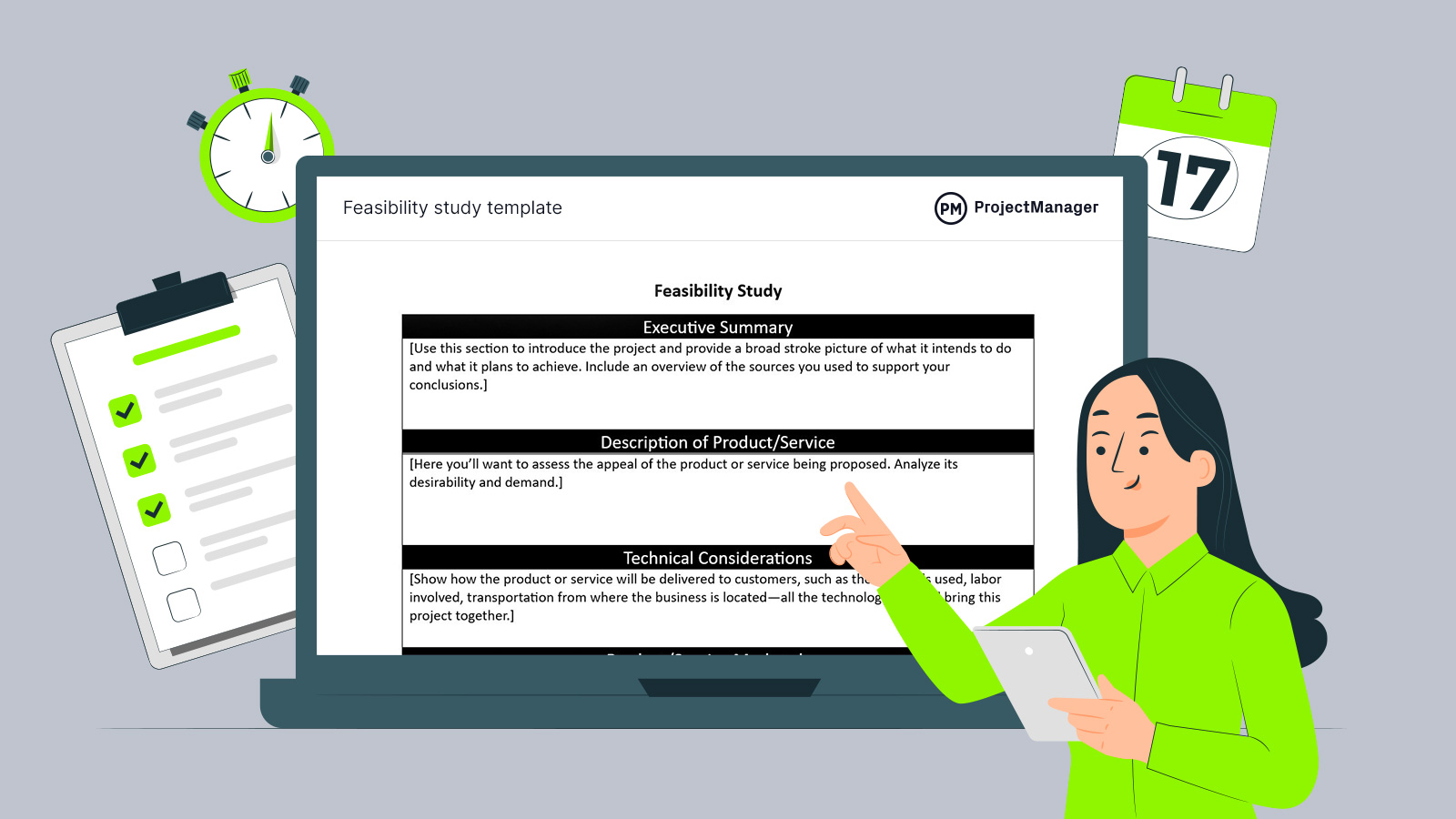
Get your free
Feasibility Study Template
Use this free Feasibility Study Template for Word to manage your projects better.
But that definition doesn’t cover everything a proof of concept does. A proof of concept collects user feedback and insights from your team members, including those who might not have otherwise contributed, thereby mitigating unforeseen risks.
POC is an important part of the product development process in many industries and fields such as:
- Software development
- Business development
- Project management
- Manufacturing, IT, healthcare and cybersecurity, among other industries.
A proof of concept is a critical project that can determine the viability of your actual project later on. To ensure you do everything you can to deliver results, give yourself and your team the right tools.
What Is the Purpose of a Proof of Concept?
The main purpose of a proof of concept is to determine whether a new product or business idea is feasible and likely to be successful in the market before a company continues further with its development which is very important for the larger product management process. To achieve this, a POC requires thorough research and testing. A proof of concept may also collect feedback from potential customers, investors and the product development team.
Benefits of Using Proof of Concept
The proof of concept is so valuable because it’s a pilot project to evaluate the feasibility of your plan before work begins, similar to a prototype or lean manufacturing “minimum viable product.”
A proof of concept verifies that concepts and theories applied to a project will result in a successful final product. POCs do not produce deliverables, as the core issue being considered is the feasibility of the project.
Here are some of the main obenefits of using proof of concept during the early development stages of your projects:
- Gives potential investors and decision-makers valuable data to determine if the project or product idea will be feasible and how valuable it’ll be for the target audience.
- Provides development teams with important user feedback and information about market demand, target audience and critical pain points.
- Serves as an important step of the product development process because it’s the base for your product prototype and minimum viable product.
Steps to Write a Proof of Concept
As noted, a proof of concept is a project, and like any project, it must be clearly defined. Even though there’s no standardized method to write a proof of concept, you’ll need to break down the proof of concept process into actionable steps.
To help, we’ve outlined these general steps to write a proof of concept document.
1. Define Your Success Criteria
To have accurate proof of concept feasibility measurements, you must have a set of metrics or success criteria. To define the success criteria for your POC process, you can start by interviewing the client, as it’s their satisfaction that determines if the proof of concept is a success.
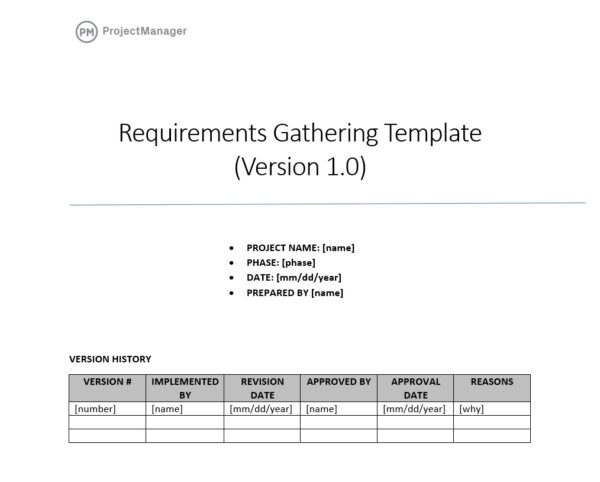
2. Estimate Duration & Effort
When you’re working on a POC, it’s a project, but it’s not the final project. You’ll need to estimate the duration and effort that’ll be put into the proof of concept pilot project.
3. Define the Scope of Your POC
The scope of your proof of concept determines what’ll be done and measured in the pilot project. Defining the scope for your proof of concept is key to getting accurate results. Even if the POC is proved viable, that proof of concept is worthless if the scope isn’t correct because you failed to evaluate the project thoroughly.
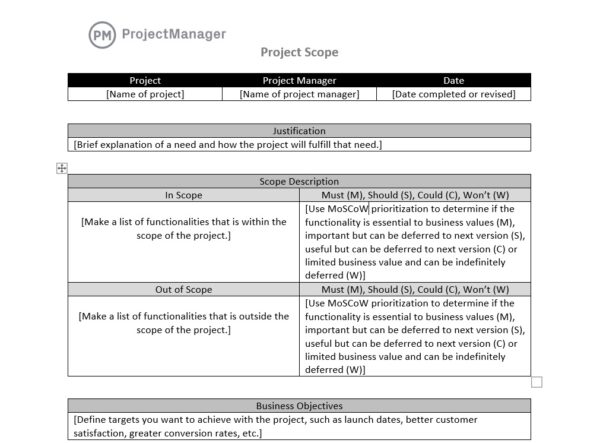
4. Pick Your Resources
Who you choose to execute the proof of concept pilot project is as important as the planning process. You want to ensure they have the right skills to do a thorough job.
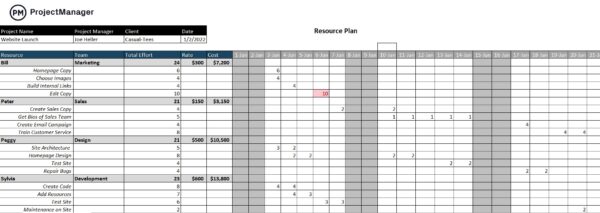
Proof of Concept Examples
Here are some examples to better understand how a proof of concept document might be used in different scenarios.
Proof of Concept in Software Development
In software development, a proof of concept is used to establish if it’s viable to create a piece of software. To do so, development teams must establish who needs this software, what problems would it solve, what’s needed to develop it from a resource standpoint and whether it’s technically feasible to create it.
The software development team will brainstorm and interview potential users to better understand what the software should be like. In addition, just as when creating any product, the team should look into the existing solutions that competitors offer. These findings will then be put into a proof of concept document that’ll explain whether the software should be created by explaining its technical feasibility, business impact and potential to succeed in the market.
Proof of Concept In Product Development
When companies are developing a product, there are some attributes and requirements that are expected from it, such as its cost, functionality, quality and durability. Before creating a prototype, product development teams will conduct research and testing to establish whether it’s feasible to develop such a product.
Then, they’ll compile their findings in a proof of concept document that’ll be used to show internal and external stakeholders that the product can be developed. Finally, they’ll get approval for building a prototype and moving on with the product development process.
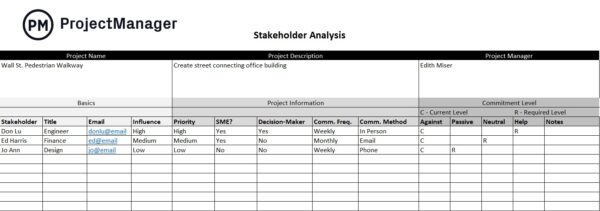
Proof of Concept In Business Development
Similarly, in business development, a proof of concept refers to the testing and research that’s conducted to determine whether a business plan is feasible to convince potential investors of funding it.
For example, some new businesses develop breakthrough production processes or technologies that have the potential of being efficient and profitable. In many cases, these new businesses need funding to achieve the ambitious goals they’ve set. However, they must first conduct trials and gather proof of concept to show that the process actually works to ask for financing from the government or private investors.
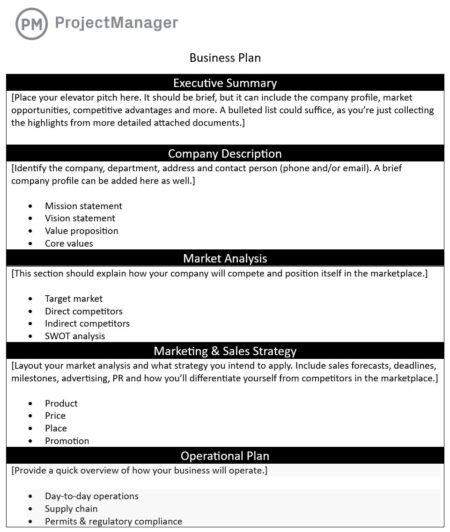
Proof of Concept In Marketing and Sales
In marketing and sales, a proof of concept is a product demonstration that’s done to validate initial assumptions from market research. Once you’ve determined who’s the target market for your new product and what are the pain points your product will solve, you might conduct focus groups, surveys or presentations as a proof of concept exercise. These can help determine whether your assumptions about your target market and the potential success of your product were correct, or if in the opposite case, your marketing planning needs more work.
Proof of Concept In Project Management
Projects take many different forms, so the proof of concept process might slightly vary from one project to another. However, in general terms, a proof of concept in project management is used to demonstrate that a project idea can be implemented in the real world and whether its final deliverable is attainable. The main goal of a project POC is to use research and testing to verify whether the methods and technology to be used in the project are likely to work before investing financial resources into it.
Proof of Concept vs. Prototype
Proof of concept might sound like building a prototype, but there are differences and each has its own function. The POC is a sort of small project to test the idea: it exists solely to show that a product concept is both functional and can be developed.
Creating prototypes is another important exercise. The creation of prototypes is done to help visualize how a product will function in the real world. It shows the design, navigation, layout, etc. Therefore, a proof of concept shows that a product idea can be made, and the prototype shows how it’s made.
That doesn’t mean these two concepts are mutually exclusive. They share some common ground. That’s because proof of concept shares user feedback with the team, allows them to investigate emerging technologies and, of course, shows investors and decision-makers that the concept works. Once the POC has proven the project is viable, often a prototype is created.
Proof of Concept vs. Minimum Viable Product (MVP)
A minimum viable product (MVP) is an improved version of your product prototype. Simply put, a minimum viable product has only the basic features that your users would need to have an idea of what your product is like and what it does.
To summarize, the main difference between proof of concept and minimum viable product is that they come at different stages of the product development process, and serve totally different purposes.
Reporting on a Proof of Concept With ProjectManager
These are the basic parameters that make up a successful proof of concept. The results of your pilot project must be disseminated. If the communication is muddled, no one in the project team will know about the proof of concept.
There’s a lot of POC data to be collected and that means many numbers to crunch. ProjectManager can help. All three of our project management views instantly reflect these status updates. These status updates turn into colorful charts and graphs on our real-time dashboards that note progress, task status, workload and more.
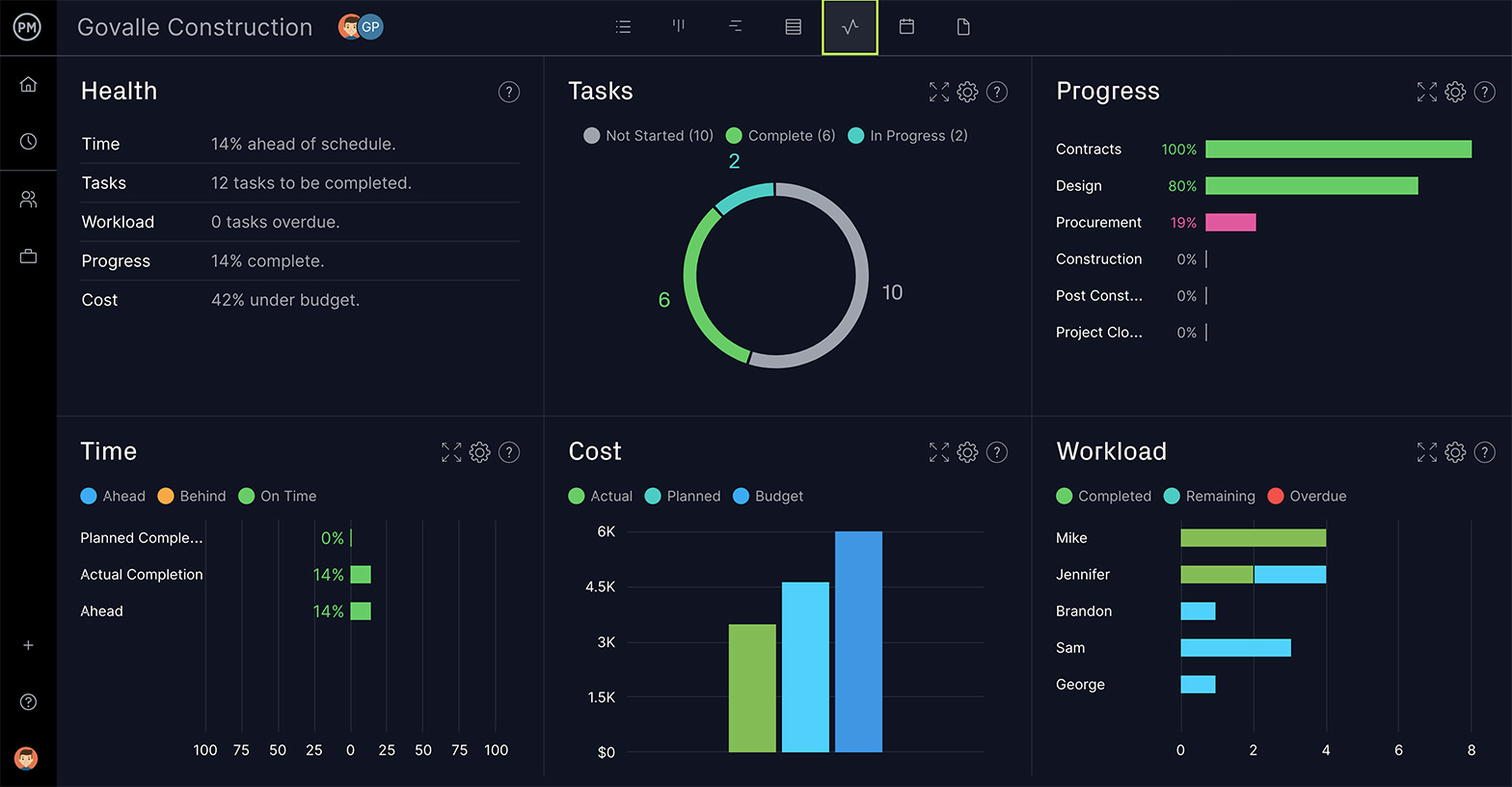
Project managers can keep the proof of concept process on track, and when it’s time to present their POC results, filter the graphs and charts to show just the data the client needs. Proof of concept is critical for the product development process. POC is the project before the prototype, minimum viable product and final product. Having access to the right project management tools can help get the job done right, regardless of scale.
ProjectManager is online project management software that has the most accurate data to keep your POC on track and then the full-fledged project progressing as planned, too. Scheduling with online Gantt charts, visualizing workflow on kanban boards and a real-time project management dashboard are just a few of our features. See them all and how they can help you lead your project to a successful end by taking this free 30-day trial today.

